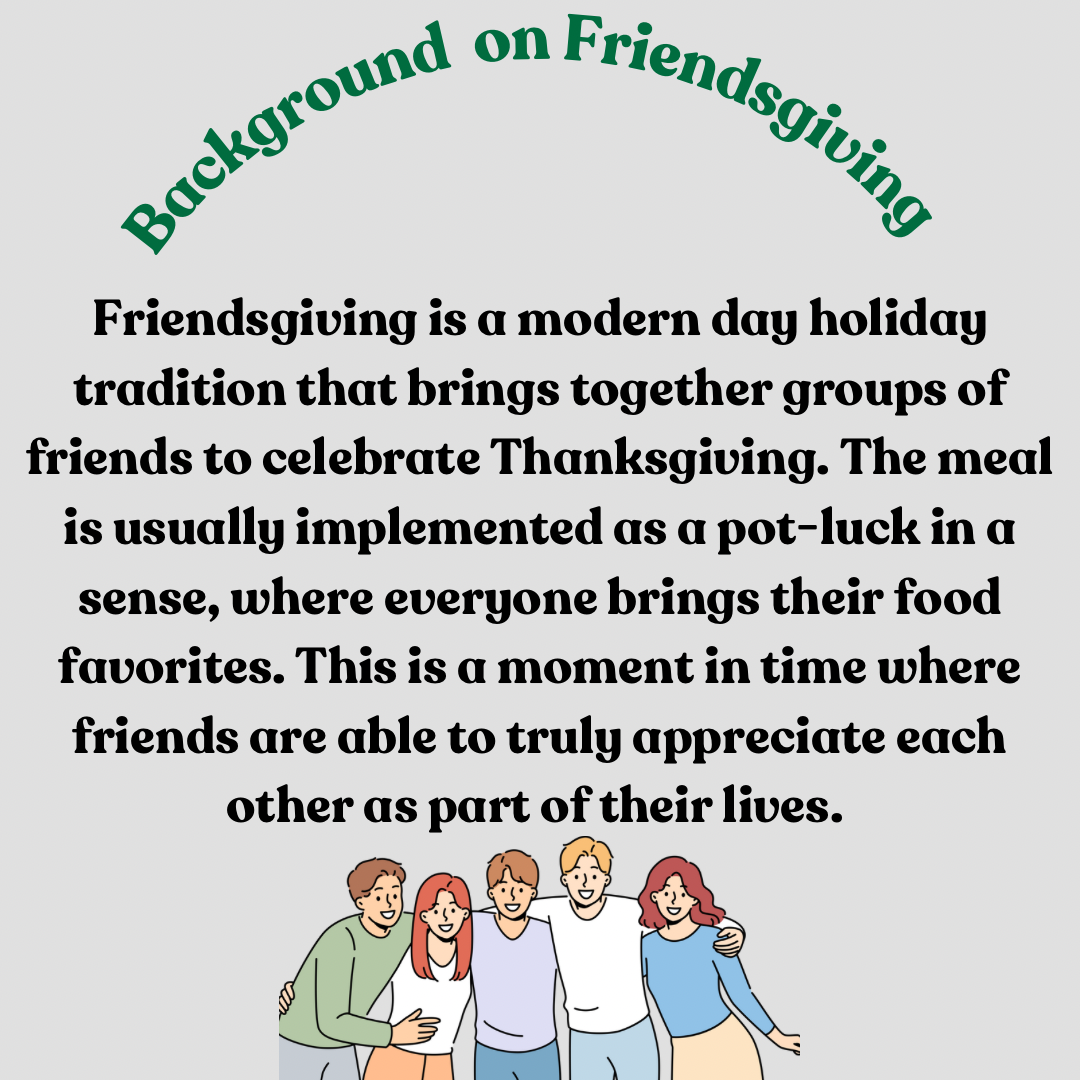
In today’s society, it is undeniable that we strive to look a certain way and meet a certain set of standards. For this reason, diet foods have become increasingly popular. Although these so-called “healthy” foods are portrayed as good choices in advertisements and labels, they have questionable ingredients that we often do not even notice. These seemingly healthy foods still manage to taste good because food companies replace what we think is bad for us with even worse ingredients, such as sugar substitutes and chemicals. We believe anything fat free is good for us, but the fats are often replaced with unhealthy sugar substitutes, still providing us with far too many calories to maintain a healthy diet.
An example of an unhealthy food item in disguise is a sports drink. Although advertised to have countless vitamins, sports drinks are loaded with sugar or sugar substitutes. Many athletes turn to sports drinks for their seemingly incredible hydrating benefits. However, these drinks will never hydrate more than water does. In fact, all the sugars and additives in a sports drink cause us to drink more! Health blogger Jennifer Sygo, from Nationalpost.com said, “For most workouts, practices, training sessions or games, drinking water according to thirst is usually enough.” The calories in a sports drink do add up. What is the point, if we can easily switch to zero calorie water with enormous benefits?
Another food item that turns out to be surprisingly unhealthy is pre–made smoothies. Although they can be loaded with fruits and veggies, they are also often blended with sugary fruit juices, syrups and other additives, especially at places like Juice It Up and Jamba Juice. Most smoothies are unavoidably loaded with sugar, so it is best to consume them in moderation.
However, it is easy to make your own healthy yet delicious smoothie at home with fresh ingredients. First, start off with a good base like 100% real fruit juice, almond milk, coconut milk or water. Then add any fruit or vegetable you want. Just be careful with what types of nut butters, sugar substances or syrups you add. It is best to stick to whole, unprocessed foods.
Frozen diet entrees can be sneaky as well. The advertisements promise an easy, low calorie meal. However, these frozen meals are usually filled with more than 25 percent of our recommended daily sodium intakes. Health blogger Karen Collins from American Institute of Cancer Research said, “Frozen meals that aren’t identified as reduced-sodium or heart-healthy often contain from 700 to 1,800 milligrams of sodium.” These frozen entrees are supposed to supply a large portion of your daily nutrients, but they hardly do. If you need to resort to a frozen entree, look for meals with low sodium and fat that contain a lot of vegetables. It is always better to cook your own food so you know exactly where it comes from and what is going in it.
Energy and nutrition bars are a go–to for a quick breakfast or boost before a work out, but they are basically just candy bars. There are much better ways to get fiber and protein than from a nutrition bar filled with chemicals. Try to avoid bars with high sugar content, partially hydrogenated oils and artificial ingredients. Health blogger Sarah Robertson, from Mayoclinic.com said, “When you skim the nutrition facts, pay attention to the sugar; a higher sugar content (>10 grams) is acceptable if there is a decent amount of fiber in the bar (>3 grams).” If you need a quick snack on the go, try finding a nutrition bar with ingredients such as whole grains, nuts, seeds and dried fruits.
Surprisingly, whole wheat and multigrain bread can be quite unhealthy as well. Health-watchers often choose whole wheat bread over white bread, but whole wheat bread is usually made with refined grains, which can be just as unhealthy. The best way to spot this sneakily unhealthy ingredient is to read the labels. If the first few ingredients are some type of refined flour, the whole wheat bread is just as bad as white bread. To get real whole grains, look for the ingredients “100% rolled oats” or “whole grain corn.”
The best way to be able to tell unhealthy foods and healthy foods apart is to really look at the ingredients. If the food item has a long list of ingredients, and you do not know what most of them are, you should probably consider choosing something else to eat. Unprocessed whole foods are essential for a healthy body, glowing skin and an energized demeanor!
Written by MACKENZIE HILL
Staff Writer
Categories:
Unhealthy foods in disguise!
January 28, 2014
0
Tags:
Donate to Sword & Shield
$180
$1000
Contributed
Our Goal
Your donation will support the student journalists of University High School. Your contribution will allow us to purchase equipment and cover our annual website hosting costs.








